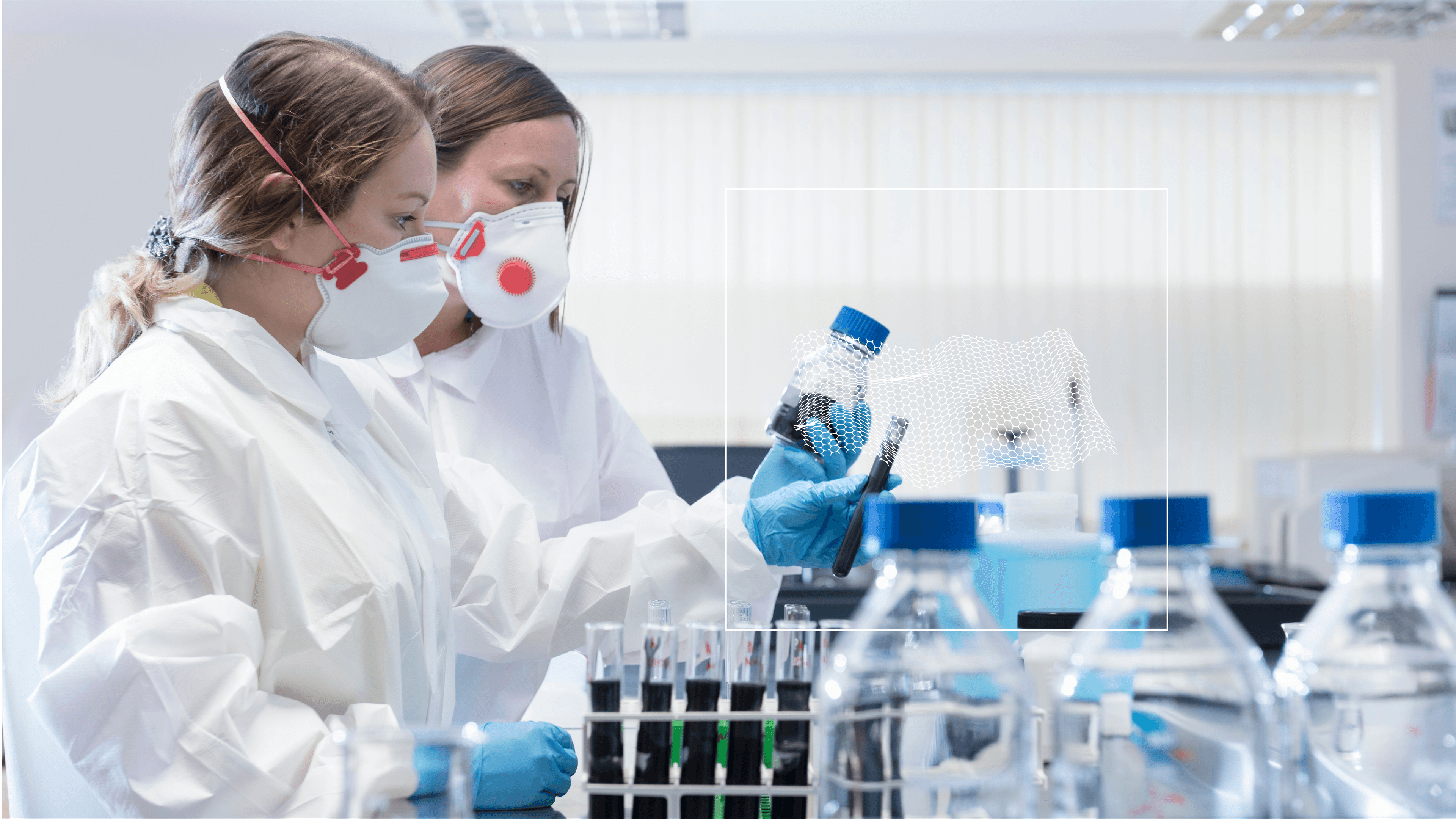Researchers shed light on graphene’s interaction with water
Researchers from IBM and the University of Manchester explore the basic physics behind the molecular interactions between graphene and water.
Graphene is… “thirsty.”
Once dubbed “a miracle material,” since its discovery in 2004, this single layer of carbon atoms that’s stronger than steel has led to applications in many fields. Be it in biomedicine or biotechnology, nanocomposites or electronics, water desalination or sensors — graphene seems to have a use across the entire technology landscape.
And there is one common property to many of its applications: most of them take place in aqueous environments. So understanding how this 2D material interacts with water is crucial for complex industrial processes — think water purification, energy storage and conversion, heterogeneous catalysis or coating.
That’s what we’ve decided to find out. Our team of researchers from IBM and the University of Manchester used large-scale numerical simulations to explore the basic physics behind the molecular interactions between graphene and water — the physics driving the wetting phenomenon.
We describe the findings in our paper “The role of long-range electrostatic interactions and local topology of the hydrogen bond network in the wettability of wetted and partially wetted single and multilayer graphene ,” published in The Journal of Physical Chemistry C — and featured on the journal’s front cover (Figure 1).1
For the University of Manchester team, the study really hit home: after all, that’s where physicists originally found graphene totally by accident, having picked up sticky tape covered in graphite residue from a waste basket. Graphene turned out to be a single layer of graphite, the material in pencil lead — and the finding earned Kostya Novoselov and Andre Geim the Nobel Prize in Physics in 2010.
Van der Waals forces at play
To study the physics of water in contact with graphene and graphitic surfaces, first we analyzed a system where only one side of the graphene (or its multi-layered cousin, graphite) surface was in contact with water (Figure 2, left). Then we looked at what happens when the graphene or graphite is fully immersed in water (Figure 2, right).
Instead of conducting a lab experiment, we ran a large-scale numerical simulation on a supercomputer at the University of Manchester. It wasn’t trivial because of the large amount of data required for our investigation, and because we have looked at physical observables that are often not investigated experimentally. Establishing the link between water dynamics and hydrogen bonds network with graphene layers in the presence or absence of a vacuum was a particularly challenging task, something never explored before.
We found that near the surface of graphene (or graphite) in a simulated partially wet system, intermolecular interactions called van der Waals forces dominate. Such interactions result from electrical interactions between two or more molecules and dissipate at relatively short distances. When atoms come so close to each other that their outer electron clouds start to barely touch, it induces charge fluctuations and a nonspecific, nondirectional attraction.
As a result, water molecules near the surfaces connect to each other, creating a peculiar network of hydrogen bonds, and move much faster compared to molecules farther away. This finding should help in understanding industrial processes such as the behavior of aqueous solutions in nanoconfinement.
On the other hand, we observed that when graphene (or graphite) was fully immersed in water, there was a fine balance between van der Waals and longer-range electrostatic interactions. Such interactions traverse the graphene barrier, prompting water molecules near the surface to slow down their motion and establish a more stable network of bonds. We believe that this result should impact industrial processes such as permeability of nanoporous materials and the dispersion of graphene and graphite in aqueous environments.
Overall, applied to the broad field of interface-related phenomena, we think that our research should help scientists to better understand the interface where the local energy varies at the nanoscale.
References
-
Chiricotto, M., Martelli, F., Giunta, G. & Carbone, P. Role of Long-Range Electrostatic Interactions and Local Topology of the Hydrogen Bond Network in the Wettability of Fully and Partially Wetted Single and Multilayer Graphene. J. Phys. Chem. C 125, 6367–6377 (2021). ↩
Related posts
- ReleaseKim Martineau
IBM and partners open-source a new AI model for monitoring Earth’s oceans
ResearchKim MartineauIntroducing ado: The accelerated discovery orchestrator
Technical noteAlessandro Pomponio and Michael JohnstonA faster way to screen supply chains for harmful chemicals
ResearchKim Martineau
